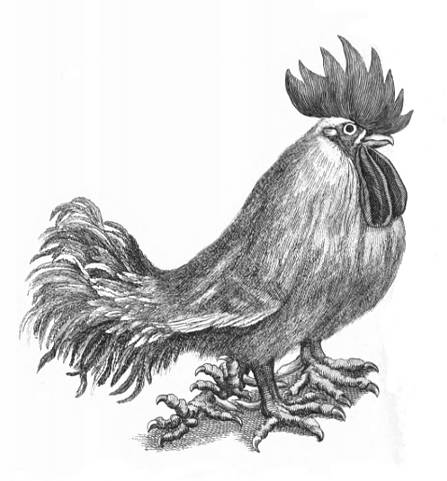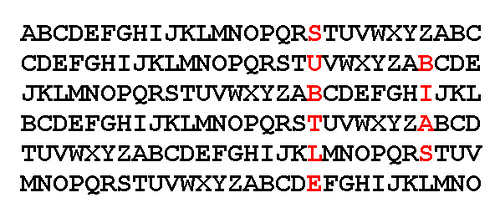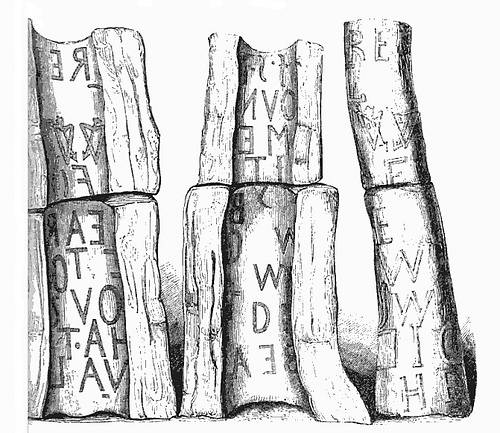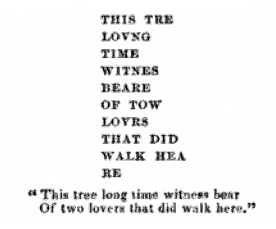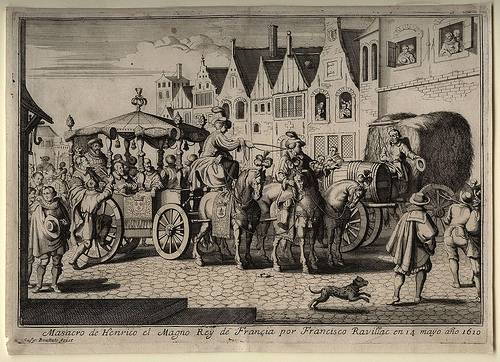It’s commonly said that a queen is worth nine pawns. Is that estimate accurate? In 1846, General Guingret and Lionel Kieseritzky decided to find out:
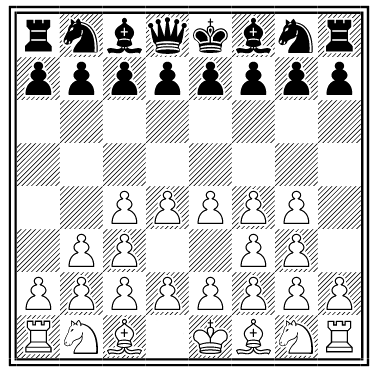
1. e5 e6 2. d5 d6 3. e4 c6 4. exd6 cxd5 5. e5 b6 6. d4 f6 7. Bd3 g6 8. Be3 Nc6 9. c5 Bg7 10. b4 Bd7 11. b5 bxc5 12. bxc6 Bxc6 13. dxc5 fxe5 14. fxe5 Bxe5 15. Nd2 Rb8 16. Rb1 Qf6 17. Ne2 Qg7 18. O-O g5 19. Nb3 h5 20. Bd4 hxg4 21. fxg4 Kd7 22. f4 Bxd4+ 23. Nbxd4 Nf6 24. f5 e5 25. Ne6 Rxh2 26. Nxg7 Nxg4 27 f6 e4 28. f7 Rbh8 29. f8=N+ Kc8 30. d7+ Kb7 31. d8=N+ 32. Ka8
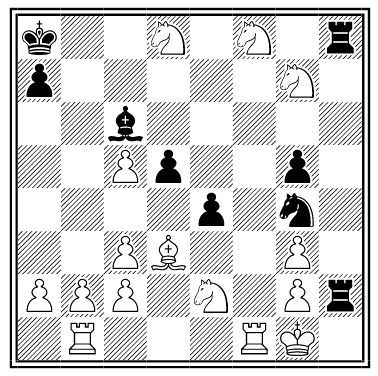
And White can no longer forestall mate on h1.
So the queen is worth more than nine pawns — if it’s wielded by Kieseritzky.

